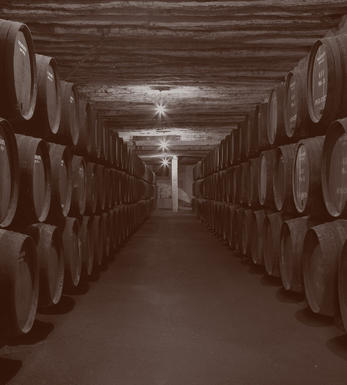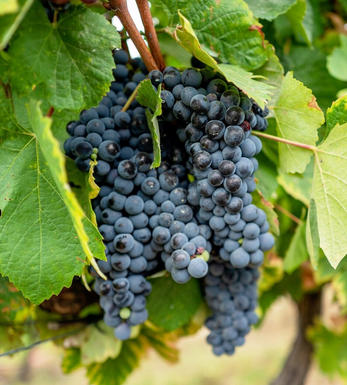
1963 Warre's Vintage Port (No labels, embossed caps)

Critics reviews
Robert M. Parker, Jr. - 01/01/1989
About this WINE

Warre's
Warre's is the oldest, continuously British-owned brand, as well as one of the most distinguished. The firm that became Warre’s was established in 1670. Two Englishmen, William Burgoyne and John Jackson opened offices in northern Portugal as Burgoyne & Jackson which was initially a general trading company.
Over time, the company admitted new partners and its name changed accordingly; in 1718 it traded as John Clark, then in 1723 it was known as Clark & Thornton and finally in 1729, it became Messrs. Clark, Thornton & Warre, with the arrival of the first Warre in Portugal, William Warre.
By the end of the 18th century , Warres was already one of the leading Port companies. In 1791 they accounted for 10% of the total amount of exported Port, competing with 21 companies altogether.
It currently thrives under the ownership of the Symington family, who have furthered its quality with the purchase twenty years ago of the Quinta da Cavadinha, an estate with nearly 100 hectares of highest-quality vines in the Rio Torto valley.
The structure, style and superb quality of Warre’s Ports are defined by its vineyards. Its main and largest vineyards include Quinta da Cavadinha, Quinta de Retiro Antigo and Quinta de Telhada. Further to these, Warres also produces from a collection of other vineyards that are privately owned by members of the Symington family. These include Quinta do Alvito and Quinta das Netas.
In more recent years, the brand has caught up with Dow (they are both owned by the Symington family); and, while Dow's is a firmer-styled wine, Warre's has a distinctive character that leans towards perfectly balanced, elegant wines which often reveal astonishing qualities on the nose.

Port Blend
There are around 40 different grape varieties permitted in the production of Port - however the vast majority of Ports are produced from a blend of 5 grapes - Touriga Nacional, Touriga Francesca, Tinta Barroca, Tinta Roriz, and Tinto Cão.
Touriga Nacional produces small, dark-skinned grapes that produce opaque black wines of great extract and high tannins - it gives grip, body, and structure to the blend.
Touriga Franca has a thinner skin and consequently produces wines lighter in colour and tannins than Touriga Nacional. It contributes fruit, aroma, suppleness and roundness.
Tinta Roriz is the Portuguese name for Tempranillo and its high sugar content and low acidity contribute colour and fruit.
Tinta Barroca which is normally grown at highish altitudes and on north-facing slopes, is prized for producing wines of delicacy, finesse and with smooth, velvety fruit. It brings elegance and sweet, ripe fruit to the final blend.
Finally Tinto Cão produces fine and complex wines, though it is probably the least important of the 5 grapes as its painfully small yields have reduced plantings to almost insignificant levels.


Buying options
Add to wishlist
Description
This house makes rather restrained yet rich, flavorful vintage port and a very good tawny called Nimrod. Their vintage ports seem slow to develop, and while they never quite have the voluptuous richness of a Dow, Graham, or Fonseca, they have a unique mineral-scented character that gives them their own complexity and style. The 1963 is very, very good and now fully mature.
Robert M. Parker, Jr. - 01/01/1989
wine at a glance
Delivery and quality guarantee